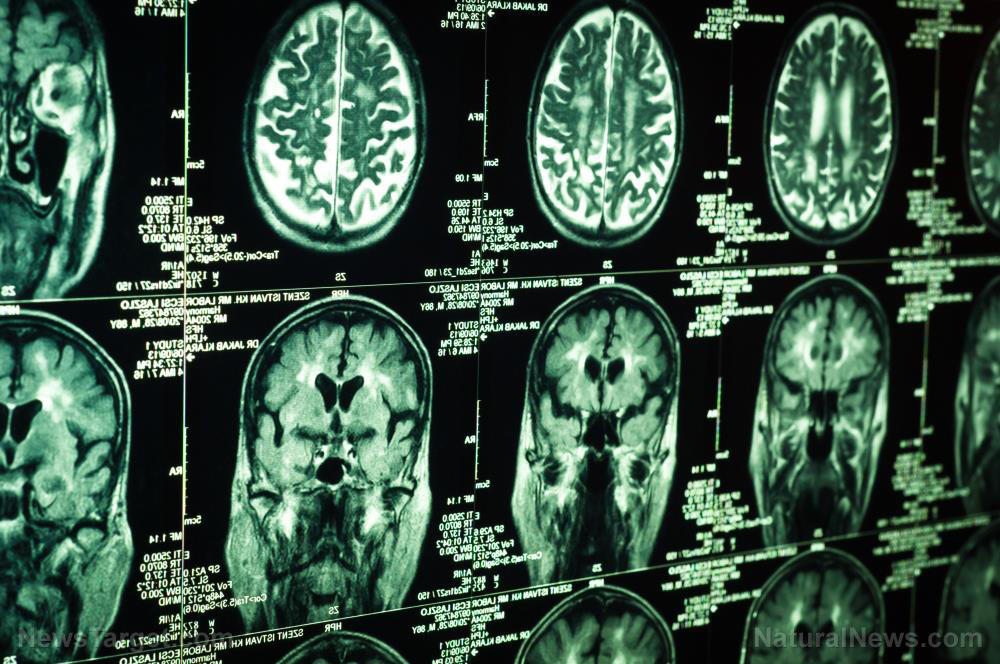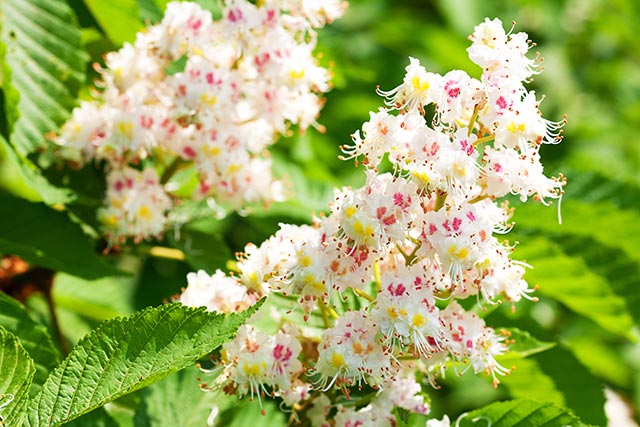Researchers discover a compound in evodia that can potentially be used for glioblastoma cancer treatments
04/17/2019 / By Ralph Flores

Glioblastoma (also called glioblastoma multiforme or GBM) is an aggressive form of cancer that affects a person’s brain or spinal cord. It’s also one of the most debilitating forms of the disease: People with GBM usually succumb to it in as little as 15 months after diagnosis. A study published in The American Journal of Chinese Medicine, however, could shed a light on this seemingly bleak situation. Researchers from Taipei Medical University in Taiwan found that evodiamine, a compound found in the evodia tree (Evodia rutaecarpa), can potentially be used as a natural chemoprotective agent against glioblastoma.
An earlier study on the compound revealed that it can inhibit the proliferation of gastric cancer cells, as well as induce cell death or apoptosis. The study, led by the Zhejiang University School of Medicine, indicated that evodiamine can decrease survivin mRNA expression, a protein known to inhibit apoptosis. The current study builds on this research to determine if the anti-cancer property of evodiamine is applicable even to glioblastoma, a disease that affected nearly 23,000 Americans in 2015 – over half of these diagnoses resulted in death.
The researchers found that evodiamine can effectively target gliomas – tumors that occur in the brain and spinal cord – without harming nearby astrocytes. According to the researchers, evodiamine can also disrupt other expressions in the brain that can regulate proteins and compounds that contribute to the development of glioblastoma. A physicochemical analysis also revealed the presence of alkyl chemicals in evodiamine, which improve its ability to prevent gliomas from forming.
These results are promising, especially with the challenges in treating glioblastoma. Unlike other forms of cancer, where tumors are identified and can be excised, removing a glioma is nearly impossible, given its tentacles that extend from the tumor mass into relatively healthy tissue. Using drug therapy to treat the disease is also challenging, as most drugs cannot enter the brain to address the tumor. The blood-brain barrier (BBB), in particular, is an intricate network of blood vessels that serve as a boundary between the bloodstream and the blood. This helps block harmful substances from entering the brain – including most drugs used in chemotherapy. (Related: Chemotherapy and the brain: How this “healing” treatment actually damages cognition.)
“EVO [Evodiamine] was shown to penetrate the blood-brain barrier,” the researchers wrote in their report. “EVO is therefore predicted to be a promising compound for the chemotherapy of glioblastomas and deserves further investigations.”
Getting ahead of glioblastoma
The etiology of glioblastoma, like other brain tumors, is still unclear. However, experts have identified certain risk factors that can increase a person’s likelihood of getting the disease.
- Age – As a person ages, his risk of getting brain tumors also increases. Most incidences of glioblastoma occur in adults between 45 to 65 years old. However, certain types of gliomas like ependymomas and pilocytic astrocytomas can also affect children and young adults.
- Radiation – People who are regularly exposed to ionizing radiation – for instance, those used in radiation therapy – are more likely to have brain tumors like glioblastoma. However, radiofrequency electromagnetic fields (RF/EMF), like those found in Wi-Fi, have also been identified as a possible carcinogen, according to the International Agency for Research on Cancer. Ionizing radiation is also emitted by cell phones and wireless technology.
- Family history – Glioblastoma rarely runs in families, but having a family history of the disease could increase the risk of having it later in life.
Learn more about glioblastoma and other forms of brain cancer at Cancer.news.
Sources include:
Tagged Under: alternative medicine, anti-inflammatory, anticancer, anxiety relief, brain cancer, brain health, chemo, disease treatments, evodia, evodiamine, Glioblastoma, glioma, herbal medicine, Herbs, longevity, natural cures, natural medicine, prevention, remedies, TCM, tumors



















